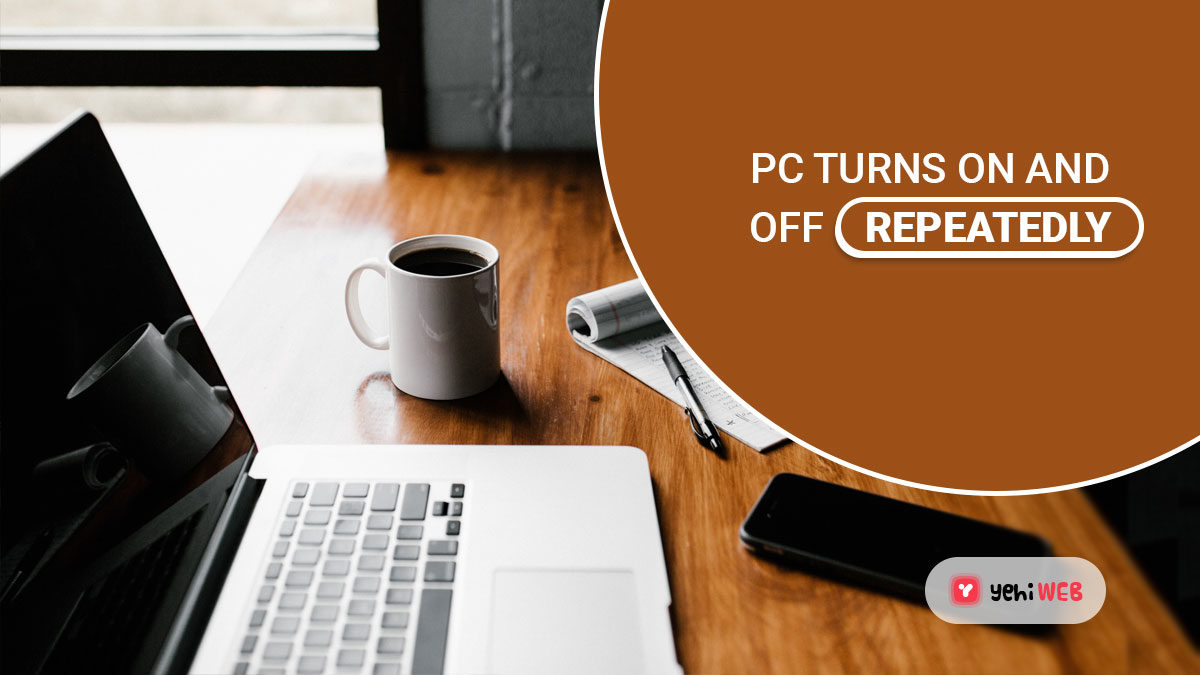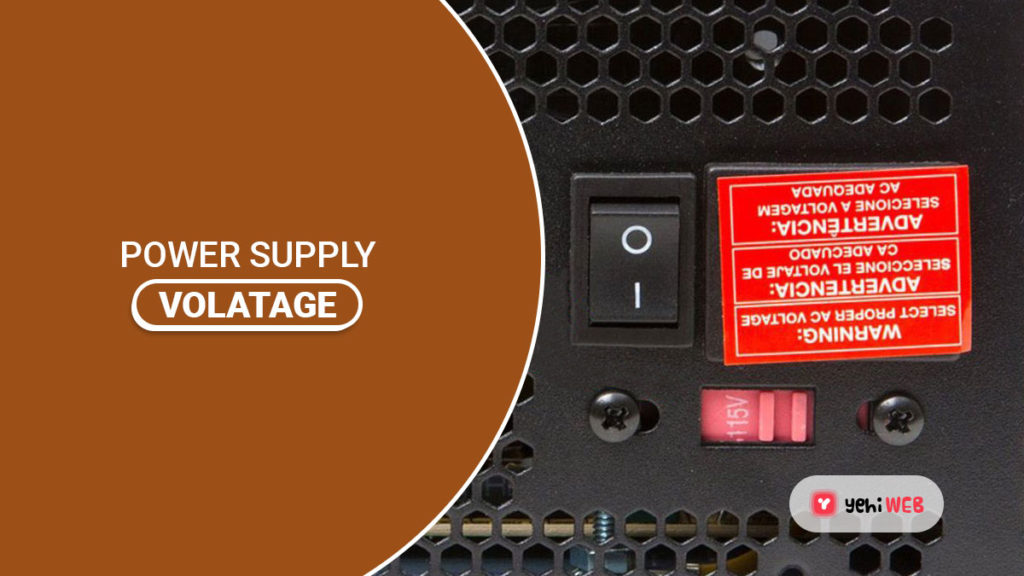Is your PC turning on and off on its own, either right away or before the operating system loads? If that’s the case, you may be dealing with anything from an electrical short to a serious hardware issue.
Because your PC might be shutting down by itself during the boot process for a variety of reasons, it’s important that you go through a logical troubleshooting process like the one outlined below.
Fix: PC Turns On And Off Repeatedly
Depending on why the pc turns on and off repeatedly, this process might take anything from minutes to hours.
- If you’re lucky enough to hear a beep code, figure out what’s causing it. A beep code will offer you a good indication of where to seek the source of your computer’s shutdown.
If it doesn’t solve the problem, you can always come back here and use the more generic information below to continue troubleshooting.
- Make sure the power supply voltage switch is turned on. Your computer may not stay powered on if the input voltage for the power supply does not match the right setting for your country.
If this switch is faulty, your computer may not turn on at all, but an incorrect power supply voltage may also force your computer to shut down on its own.
- Make sure the computer is kept cold enough to prevent it from overheating and shutting down. Follow the link for some simple computer cooling suggestions that everyone can use.
Some desktop computer cooling solutions need you to open your computer, although this is a simple process.
- Inspect your computer for sources of electrical shorts. When the computer turns on for a second or two before shutting down entirely, this is frequently the root of the problem.
- Make sure your power supply is working. Just because your computer powered on for a few seconds doesn’t indicate the power supply unit is functioning properly. The power supply is more likely than any other piece of hardware to create issues, and it is frequently the reason of a pc turning on and off repeatedly.
If your power source fails any of your tests, replace it.
- Test the power button of your computer’s casing. It’s possible that your computer is going off by itself because the power button is shorting out or just clinging to the casing.
If the power button fails your tests or you believe it isn’t operating correctly, replace it.
- Reseat every component inside your computer. Reseating your computer helps reconnect all of the connections that may have become loose over time.
Check to check whether your machine stays on after reseating the following:
- Data and power cables
- Memory modules
- Expansion cards
- Only reseat the CPU if you believe it has become loose or has not been installed properly.
- Start your PC with only the essential hardware. The goal here is to get rid of as much hardware as possible while still allowing your machine to turn on.
Proceed to Step 10 if your computer only starts on and remains on with essential hardware.
If your computer keeps shutting down on its own, move on to Step 11.
- Reinstall each non-essential piece of hardware one at a time, testing your computer after each installation.
Those components are operating properly since your PC is powered on with only the essential hardware installed. This implies that one of the items you removed is causing your computer to shut down on its own. You’ll ultimately identify the hardware that caused your problem by putting each item back into your computer and testing after each installation.
Once you’ve identified the defective hardware, replace it.
- Using a Power On Self Test card, you can test your PC. Even if you have only the essential PC hardware installed, a POST card can help you determine which piece of hardware is causing your computer to shut down on its own.
For those who don’t want to spend the money on a POST card, skip to Step 13.
- To figure out which piece of hardware is causing your computer to shut down automatically, replace each piece of essential hardware in your computer with a “known good” identical or equivalent spare piece of hardware, one at a time. To discover which device is faulty, conduct a test after each hardware change.
- Finally, if everything else fails, you’ll need to seek expert assistance from a computer repair service or the technical support department of your computer manufacturer.
If you don’t have a POST card and no replacement components to switch in and out, you’ll have no way of identifying which piece of essential computer hardware is faulty. In these situations, you have little choice but to rely on individuals or businesses who do have these resources.
Bilal Shafqat
Related posts
New Articles
YouTube Download FAQs: Thumbnails, Captions, and Metadata
Ever found a YouTube video so good that you wanted more than just the video? Maybe you wanted the thumbnail,…


